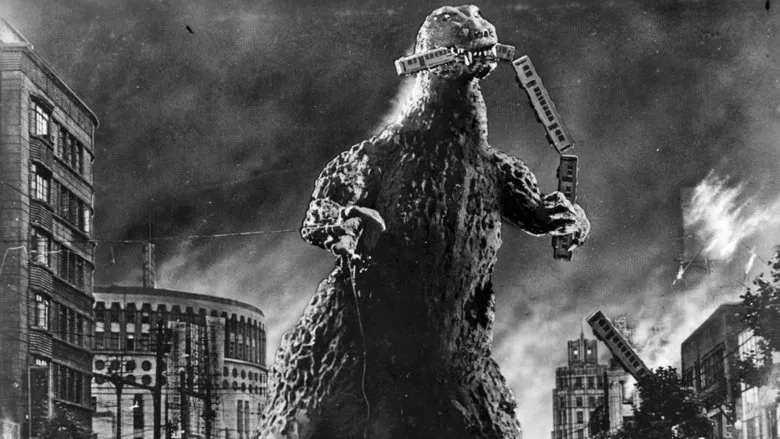Godzilla: A Timeless Saga of Destruction, Rebirth, and Reflection
Godzilla, a name that resonates with audiences worldwide, stands as a cultural icon deeply entrenched in our collective consciousness. Since its explosive debut in 1954, this colossal creature has fascinated, terrified, and provoked thought, proving its enduring allure and remarkable symbolic depth.
The Multifaceted Evolution of an Icon
Godzilla’s on-screen presence has undergone a dramatic and nuanced transformation throughout its cinematic journey. Initially a figure of primal fear and widespread destruction, the monster’s persona has evolved through distinct phases—eventually inspiring empathy and understanding. This metamorphosis arguably culminated in Godzilla becoming not just a symbol of terror, but a potent advocate for environmentalism and, ultimately, a profound mirror that allows humanity to engage in introspection and self-critique, forcing us to confront the repercussions of our actions on the world around us.
The Genesis of a Legend: Godzilla’s 1954 Debut
The original 1954 “Godzilla” film introduced the world to a colossal lizard, horrifically mutated by the devastating power of atomic bomb radiation. This version rained destruction and chaos upon major urban centers like Tokyo. In this foundational work, Godzilla served as the embodiment of the immediate and catastrophic consequences of unchecked human technological advancement and rampant environmental degradation. Godzilla’s sudden emergence acted as a stark and terrifying reminder of the immense destructive potential of nuclear radiation, compelling audiences to deeply reflect on the ethical and existential implications of humanity’s actions.
Godzilla as an Environmental Guardian
As the Godzilla franchise expanded and evolved, its image underwent a significant transition. Gradually, Godzilla transformed from a figure of monstrous terror into a crucial protector, a guardian of the natural world. A telling example of this shift can be seen in the 1999 “Godzilla” film. In this installment, the monster is portrayed as a heroic defender of Earth’s delicate ecological balance. It actively works to eradicate entities that threaten to pollute and damage the environment, championing humanity’s fundamental right to exist and thrive. This evolution mirrored the growing global awareness of pressing environmental issues faced by society and prompted a renewed exploration of the intricate relationship between nature, rapidly-advancing technology, and humanity.
A Mirror to Humanity: The 2014 Reboot
The 2014 “Godzilla” film elevated the iconic monster’s image to unprecedented levels of symbolic depth. In this contemporary iteration, Godzilla is much more than just an environmental guardian—it serves as a powerful mirror, reflecting humanity’s capacity for introspection and self-critique. The film masterfully utilizes Godzilla’s character to deliver a potent critique of human arrogance, hubris, and our sometimes-misguided belief that we can control and dominate nature without consequence. The film reminds us of the critical importance of respecting the natural world and all forms of life that inhabit it. It is a cautionary tale about the devastating effects of unchecked ambition and ecological disregard.
Godzilla’s Enduring Legacy
From its origin as a fearsome symbol of terror to its transformation into an environmental advocate and a mirror held up to humanity’s conscience, Godzilla’s evolving image reflects our ever-deepening understanding of nature, technology, and the fragile balance of the environment. This remarkable and constant evolution has cemented Godzilla’s place as one of the most compelling and influential cultural icons in the storied history of cinema.
Looking ahead, there’s compelling evidence to suggest that Godzilla’s image will continue its evolution, carrying new layers of symbolic weight and captivating audiences across the globe. Godzilla is far more than just a movie monster; it stands as a powerful embodiment of human self-reflection, a constant reminder of our responsibilities and the potential consequences of our choices as we navigate the uncertain path to the future.